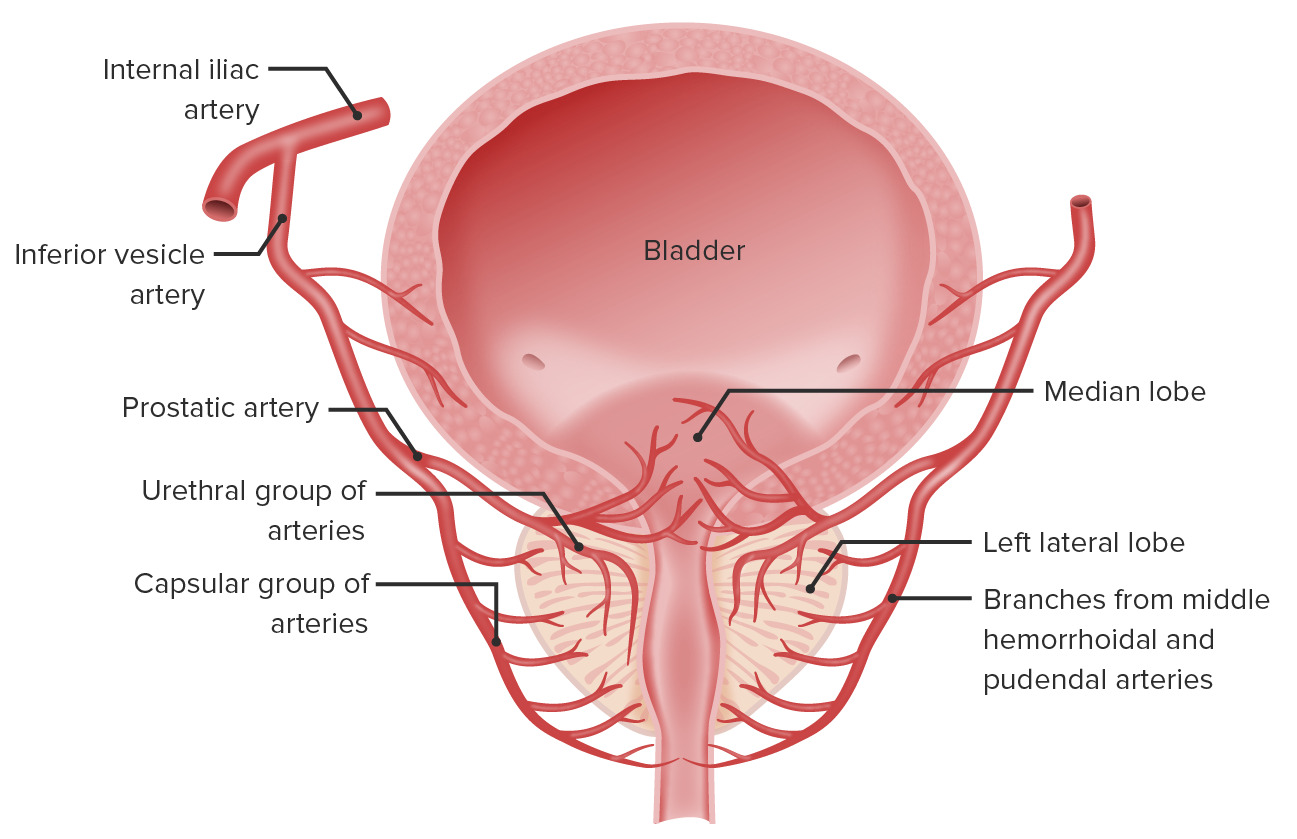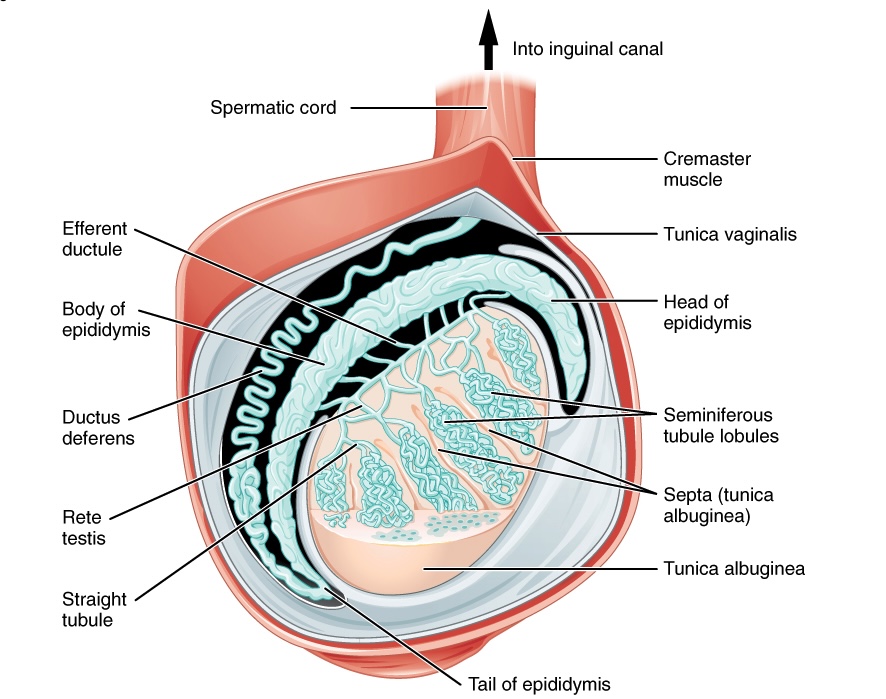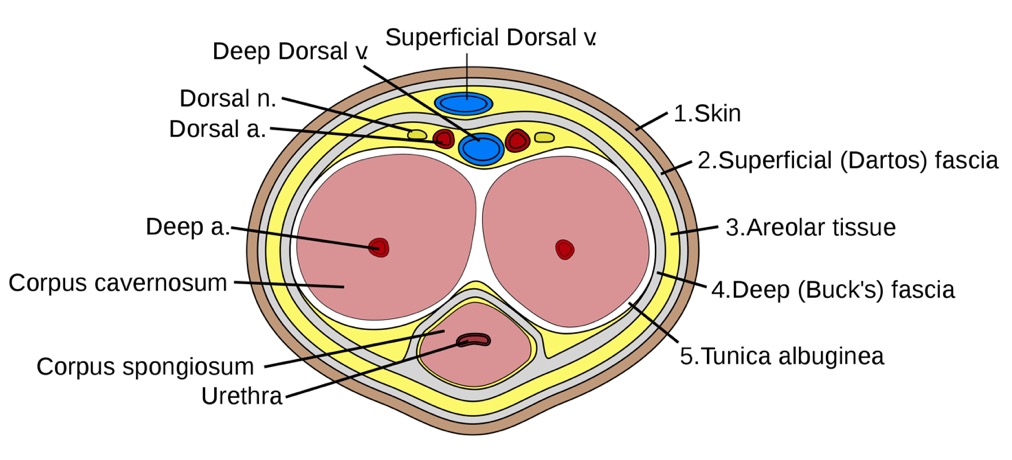Playlist
Show Playlist
Hide Playlist
Testis: Sertoli Cell – Male Reproductive System
-
Slides 06 Human Organ Systems Meyer.pdf
-
Reference List Histology.pdf
-
Download Lecture Overview
00:01 a later lecture. Well, so far, I’ve described the process of spermatogenesis, the spermatogonial phase and then the spermatogenic phase with the spermatocytes going through their primary, secondary divisions of meiosis, and then going through a morphological change to produce these late spermatids being then released into the luminal space. And again, let me remind you, that’s represented by the colored cells in the diagram. Look now at the diagram and you’ll see, down towards the bottom and in the middle of the diagram, a yellow stained or orange stained circular structure with a dark orange stain in the middle. That represents a Sertoli cell. These Sertoli cells are readily identified in the wall of the seminiferous epithelium. They sit up against the wall of the tubule, but they are part of the epithelium. 01:07 They have a very pale nucleus. It’s often shaped like a pyramid or triangular, but they have a very prominent nucleolus, which is represented in the diagram by that darker orange round structure. And their cytoplasm is very extensive. On the diagram, you can see a grayish background that includes all the spermatogenic cells that I’ve described earlier. That’s the cytoplasm of the Sertoli cell. It’s enormous, and they have a very important job. They have many jobs in fact. One job is to be the supporting cell of all the developing spermatozoa. As the spermatocytes go through their process of forming spermatozoa, these Sertoli cells embrace them and give them nutrition and support. And then when the spermatids are released from the clutches of these Sertoli cells, the Sertoli cells then phagocytize a lot of debris around as these cells go through that morphological change to become mature or almost mature spermatozoa. Another job they do is that they synthesize and secrete a hormone called androgen binding protein. This is secreted into the luminal space of the seminiferous tubule. And it concentrates testosterone that is secreted by the Leydig cells in the interstitium. It concentrates testosterone in the tubule almost 200 times of concentration to which testosterone is found in the blood. And that’s because the process of spermatogenesis cannot occur with that testosterone. Testosterone is needed for spermatogenesis to proceed. So these Sertoli cells are responsible for concentrating testosterone in the environment of these spermatogenic cells. The Sertoli cell also sits up against another cell that lines that wall of the tubule called the peritubular cell. This peritubular cell is a little bit contractile. It helps to move the contents along the length of the seminiferous tubule. Well, in partnership with the Sertoli cell, they create what we call the blood-testis barrier. These spermatogenic cells are going through stages of meiosis, and therefore, they’re producing antigens on their surface that we might recognize as being foreign. When I say we, I mean males have the immune system, and that immune system might recognize these cells as being foreign because of the different antigens expressed on their surface. So the Sertoli cell in partnership with the basal lamina and the connective tissue, and also these peritubular cells around the tubule create a barrier to prevent any immune cell having access to these spermatogenic cells. It’s a very important function. 04:40 It’s not so important in the ovary where the oocyte is going through development. You know the ovary in the granulosa cells in the developing follicle in the ovary must have access to the blood because those granulosa cells in the ovary need various components they receive from the blood. So there’s no blood-ovary barrier or blood-follicular barrier in these developing follicles. It doesn’t really matter anyway because if the oocyte itself has a very thick zona pellucida around it to protect it from the possibility of any immune cells trying to react against it. But here in the male, it’s extremely important that this barrier is maintained. I show you this slide to illustrate two points. Firstly, what is dominant in this
About the Lecture
The lecture Testis: Sertoli Cell – Male Reproductive System by Geoffrey Meyer, PhD is from the course Reproductive Histology.
Included Quiz Questions
Which cell in the testis produces androgen-binding protein?
- Sertoli cell
- Leydig cell
- Spermatogonium
- Spermatid
- Spermatozoid
Which of the following best describes the morphology of Sertoli cells?
- Cells with a pale nucleus and abundant cytoplasm
- Cells with a large nucleus and scant cytoplasm
- Cells with no apparent nucleus
- Round cells with darkly stained cytoplasmic granules
- Small cells with multilobed nucleus
Which of the following is the main function of Sertoli cells?
- Nourishing the developing sperm cells
- Providing structural support for seminiferous tubules
- Secreting testosterone
- Secreting follicle-stimulating hormone
- Producing seminal fluid
Which of the following terms refers to the physical barrier between the blood vessels and the seminiferous tubules?
- Blood-testes barrier
- Blood-sperm barrier
- Blood-sertoli barrier
- Blood-tubule barrier
- Blood-tissue barrier
Customer reviews
5,0 of 5 stars
| 5 Stars |
|
5 |
| 4 Stars |
|
0 |
| 3 Stars |
|
0 |
| 2 Stars |
|
0 |
| 1 Star |
|
0 |






